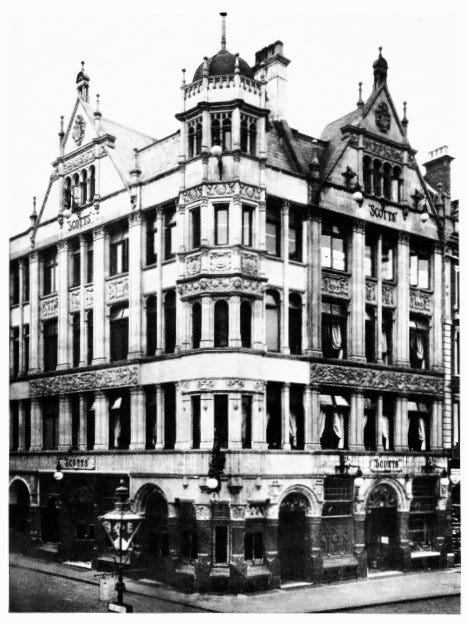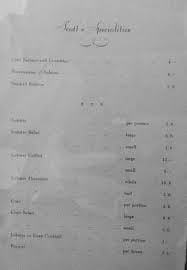London, 1909
Smoking and Shopping
As a devout Anglophile, one of the things I adore about London is not just that it is steeped in history, but that the Brits have taken good care to preserve their history. Well, mostly. At some point or another old, decrepit buildings must give way to new ones. But if, during digging, evidence of anything from ancient Rome is uncovered, everything stops and the archaeologists take over until the ruins have been studied or preserved. I adore walking around London and stumbling upon a brass plaque that advises me - for example - at EC4 Fleet Street there once sat The Cock Alehouse and Tavern, frequented by Samuel Pepys (1603 to 1733) where, on "April 23, 1668 [he went] To the Cock alehouse and drink and eat a lobster, and sang and ... and then Knipp and I to the Temple again, and took boat, it being darkish and to Fox Hall".
As much as I adore Pepys and seventeenth century London, I must catapult you the early Edwardian era; 1909 to be exact. I am extremely grateful to the reader who pointed me towards Phil Baker’s City of the Beast - The London of Aleister Crowley, for Mr. Baker has done an immense amount of legwork for me in an extremely well laid-out book of all of Crowley’s haunts; from his apartments, to lodge locations, and any spot in between. In Baker’s introduction (pg. 18) he quotes Crowley’s lack of navigation in the London district of Peckham, circa 1909:
Suppose I were to start from Scott’s [restaurant] and walk… to Haggerston Town Hall (wherever Haggerston may be; but say it’s N.E.), thence to Maida Vale. From Maida Vale I could take a true line for Piccadilly again and not go five minutes’ walk out of my way, bar blind alleys, etc., and I should know when I got close to Scott’s again before I recognised any of the surroundings.
It is an easy assumption that Scott’s was a frequented eatery for our 34-year-old mage and I can hope that further notes on his dining here present themselves. Opened in on Coventry Street in the Haymarket district in the 1850s as “Scott’s oyster rooms,” it would adopt a more substantial moniker of “Scott’s Oyster and Supper Rooms” in 1891. It still exists, by the way, but is now located at 20 Mount Street in Mayfair. From the Way Back Machine, this is how it looked during the turn of the last century:
Scott’s is described by Nathaniel Newnham-Davis in his 1914 Gourmet’s Guide to London as “the hub of the West End of London.” I am still looking for a full, period menu, but their reputation was seafood and “fish to die for,” so this is a clue as to some of their offerings from this partial menu:
Phil Baker continues — and this was the rabbit hole down which I fell:
The Piccadilly area is a definite nexus in Crowley’s London. Just south of Scott’s is Haymarket, where he stayed in Yeoman House at number 31-32 in the late Twenties, obtained tobacco from Fribourg and Treyer at 34, and heroin from Heppell’s chemist next door at 35. At the top of the north-south sloping road was the long-gone Haymarket Stores (25, 26, 29 Coventry Street) where he shopped on account.
In a fabulous coffee-table book entitled Lost London 1870-1945 by Philip Davies, many never-before-seen, stunning black-and-white photographs of Tudor, Georgian, and Victorian buildings are captured just before their are destroyed. While my research is endeavoring to limit Crowley’s consumables to legal food and drink (i.e., I have no intention of commenting upon the number of illicit drugs he habituated), I had to take pause as the images of Crowley’s tobacconist, Fribourg and Treyer, are not limited to simply external, building views:

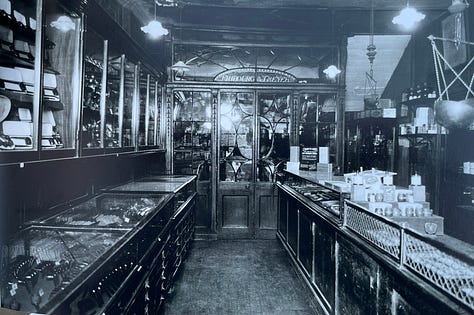
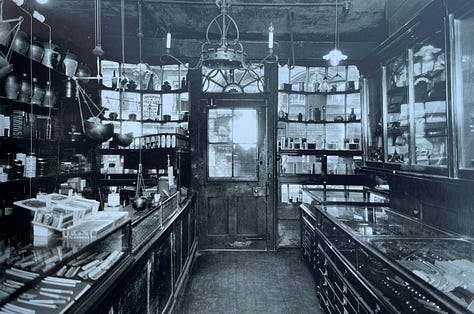
From Lost London: “Purveyors of snuff and tobacco, F&T began trading in 1751, but closed in 1977. The delightful bow-fronted shopfront, the oldest in London, with its separate side entrance to the upper floors and wrought iron grilles, still survives as a gift shop, but it has lost much of its original character.” These pictures were taken in December of 1908, so these internal images of the shop would be exactly as Crowley would have seen it, 115 years ago with its delicate Adam period screen which divided the rear part of the shop from the front. Behind the counters sits large urns of finely blended tobacco, and in the cases one can spy various offerings of pipes.
Continuing, as Baker describes: “At the top of the north-south sloping road was the long-gone Haymarket Stores (25, 26, 29 Coventry Street) where [Crowley] shopped on account.”
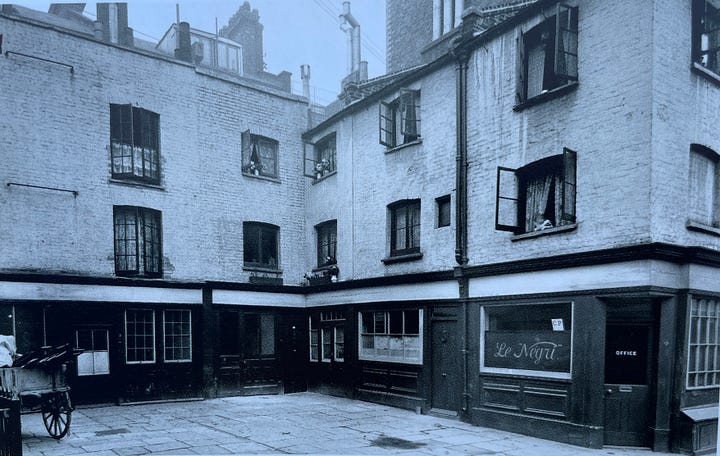
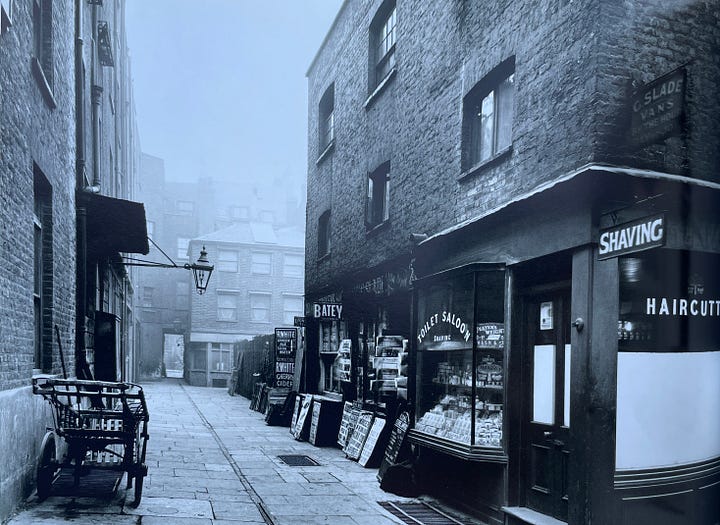
St. James Market was built in 1663-66 to serve the newly-planned quarter around St. James’ Square. Rebuilt by Nash in 1817-18, the modest brick dwellings were leveled in 1916. The passageway in the distance led into the Haymarket. The image on the left is the south side of the market. These images were taken on 6 November, 1908; and just like the tobacconist’s images, this is exactly how it would have appeared to Crowley, which I personally find thrilling.
So I apologize I don’t have a juicy recipe for you to try, but finding these images was too good not to share, and I’m sure more will come from this era and locale in the future. I hope you enjoy them as much as I do.


